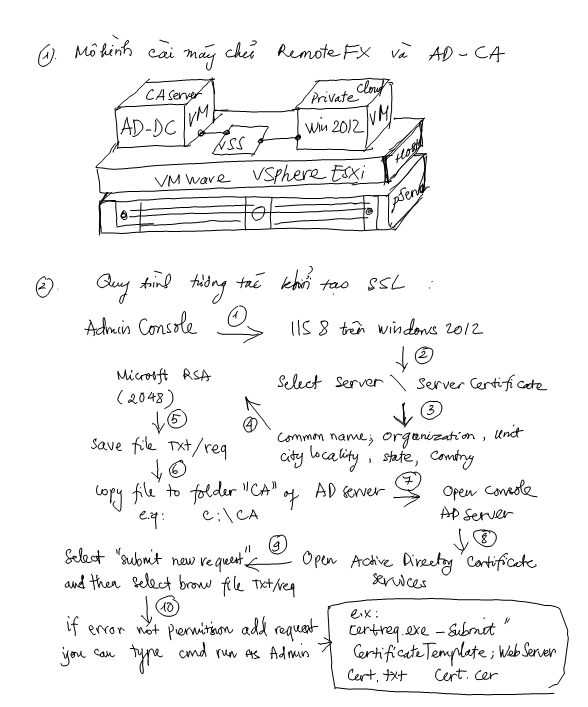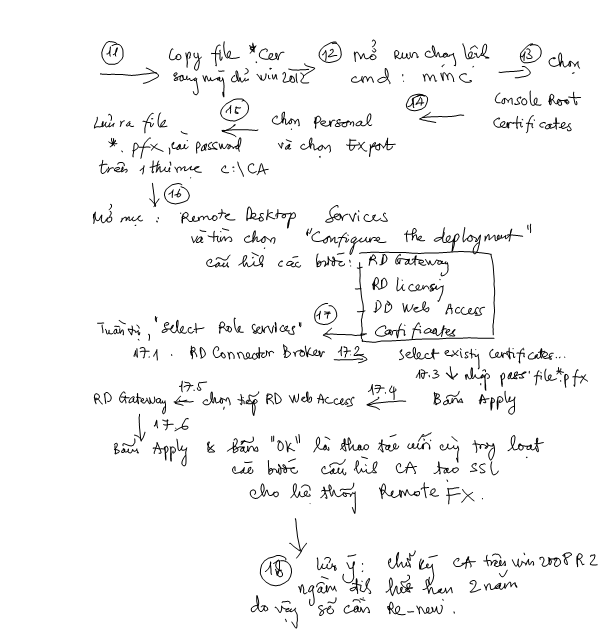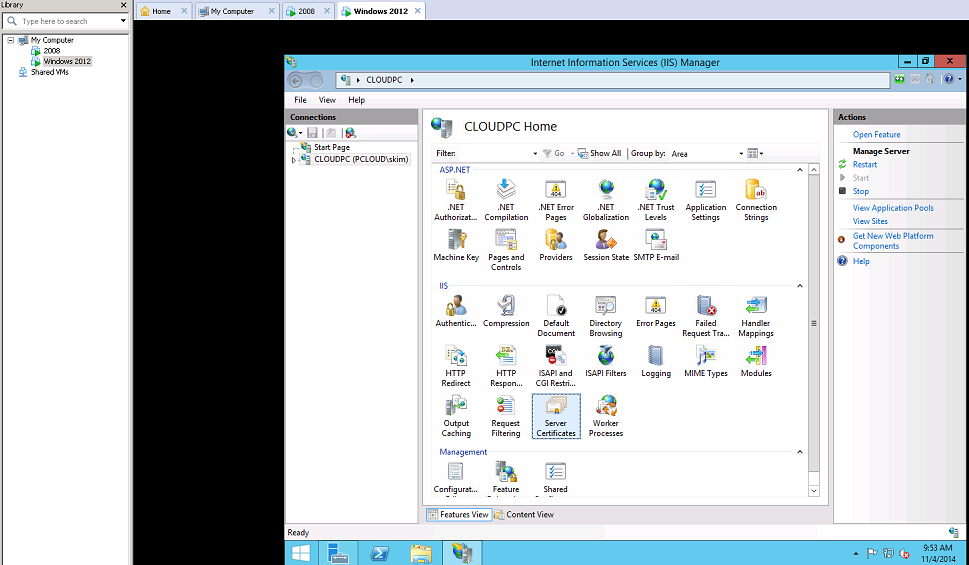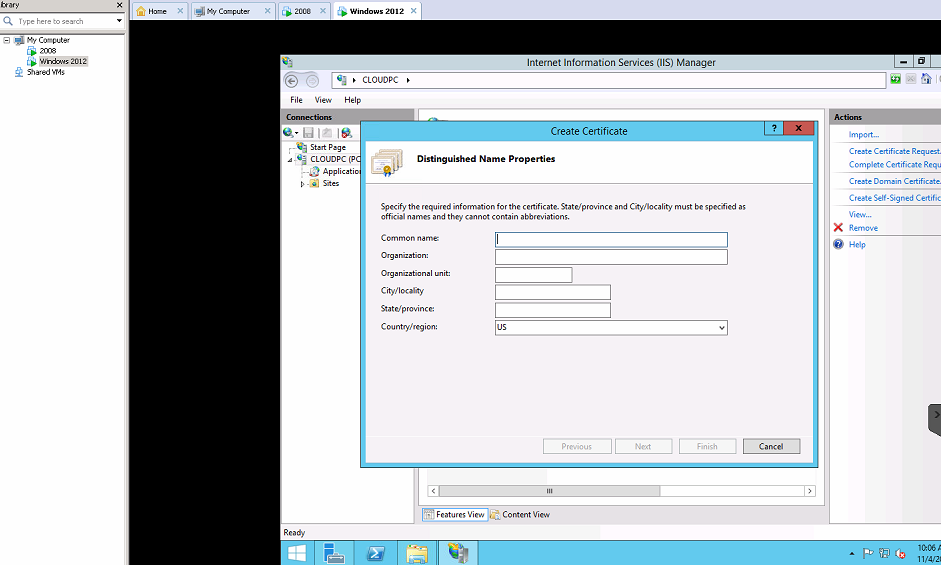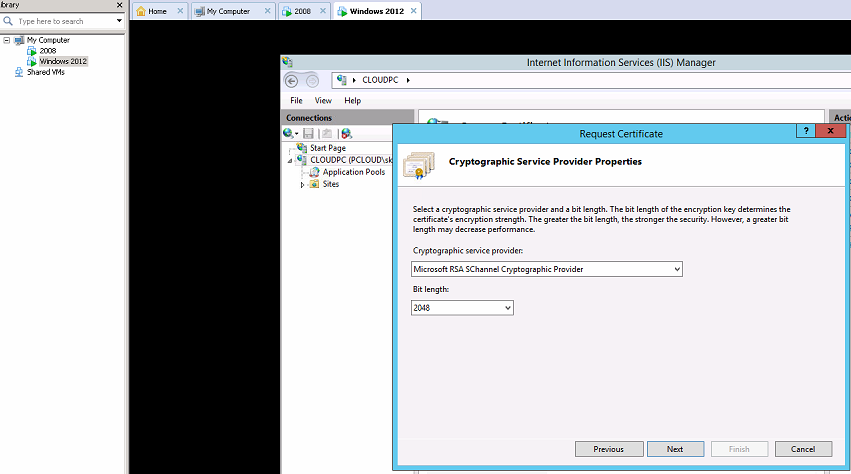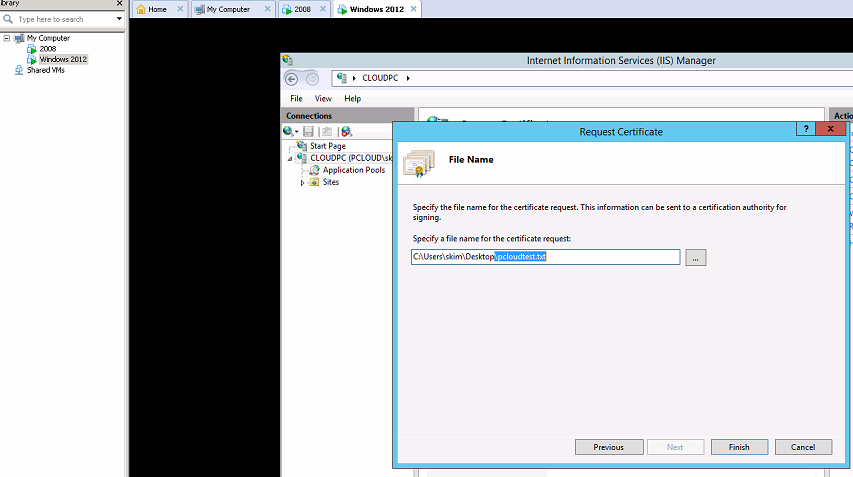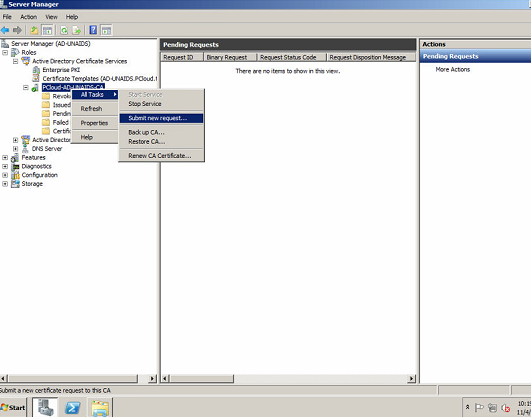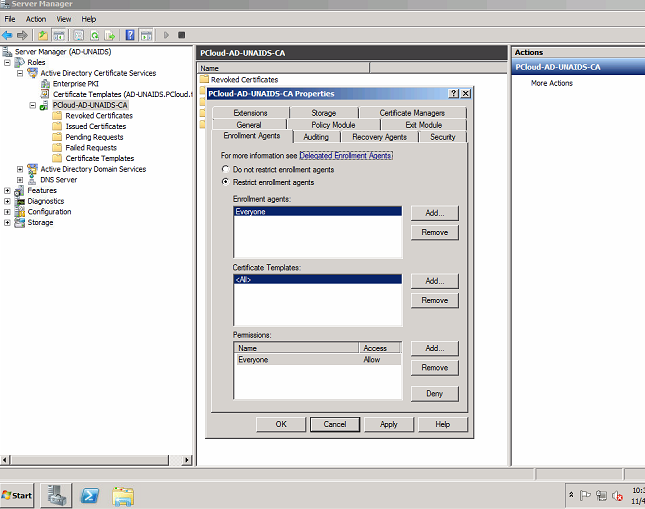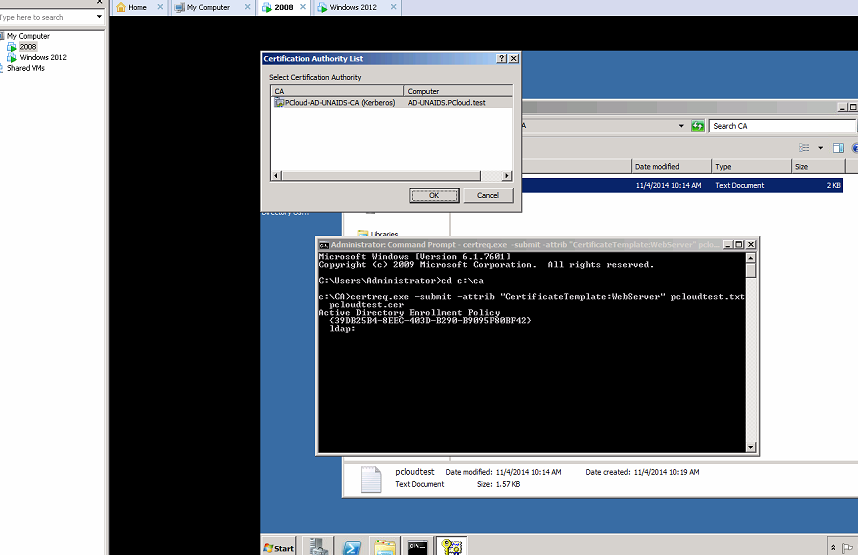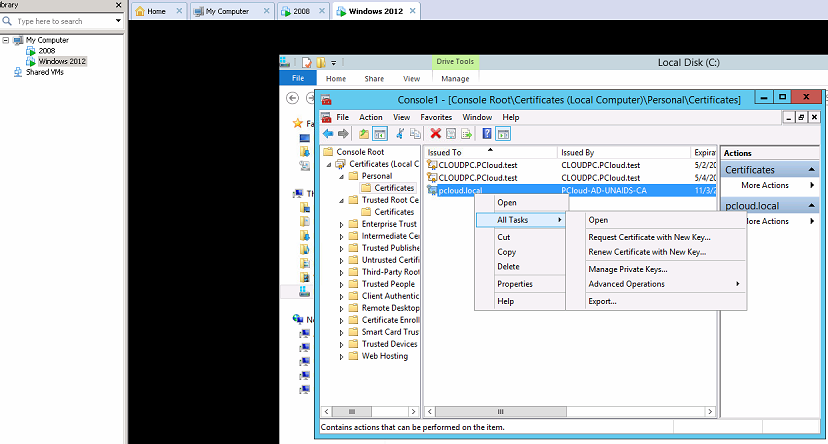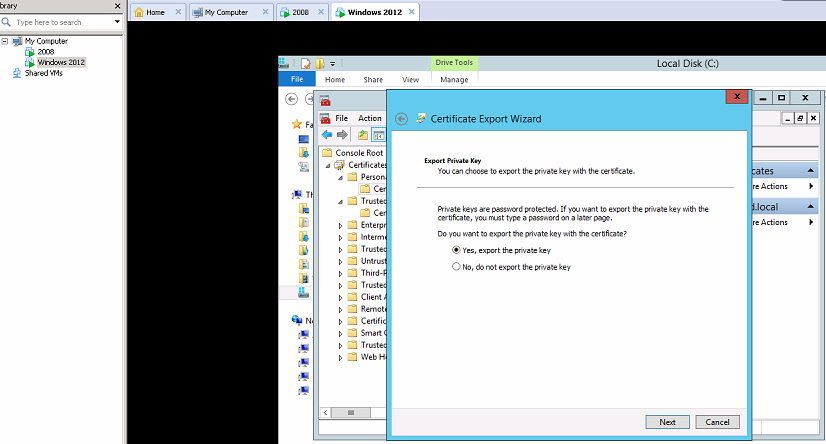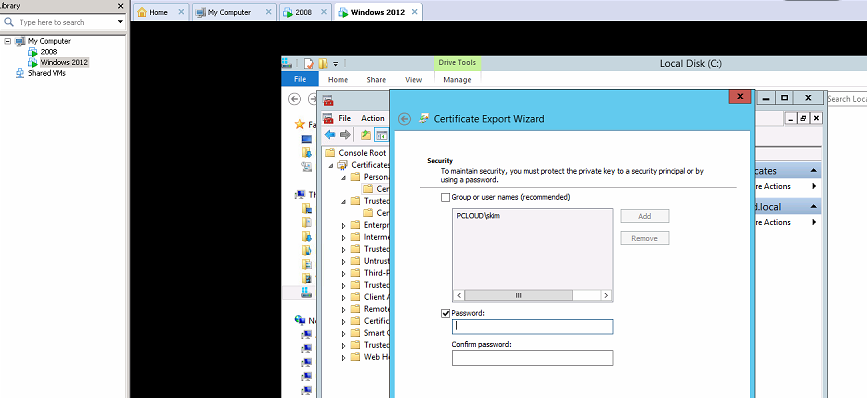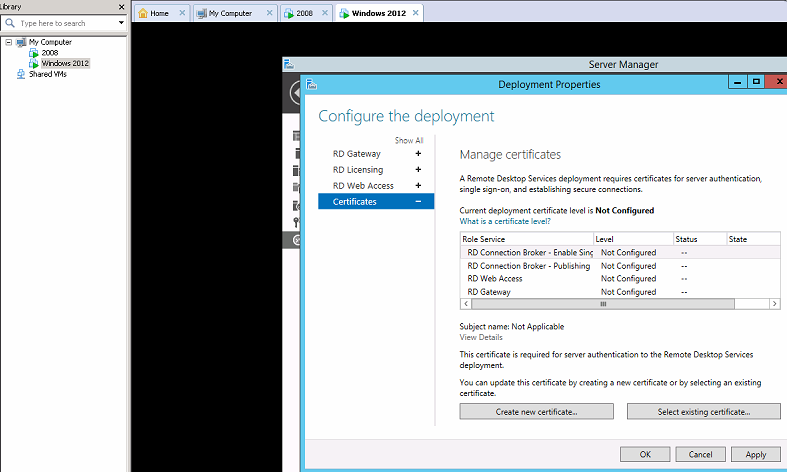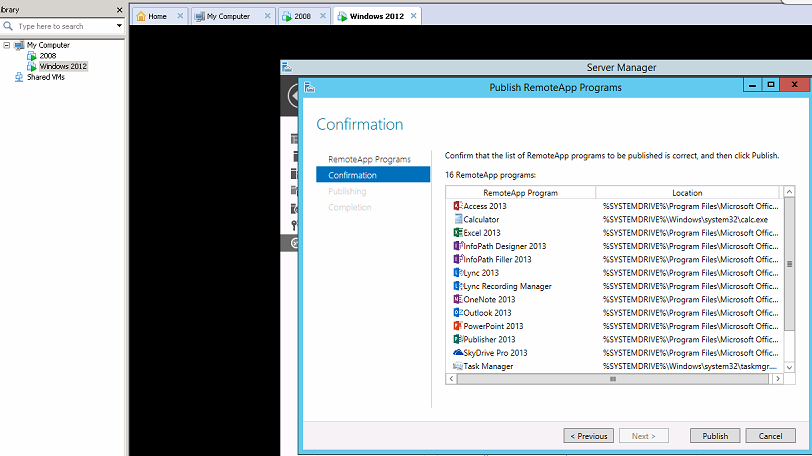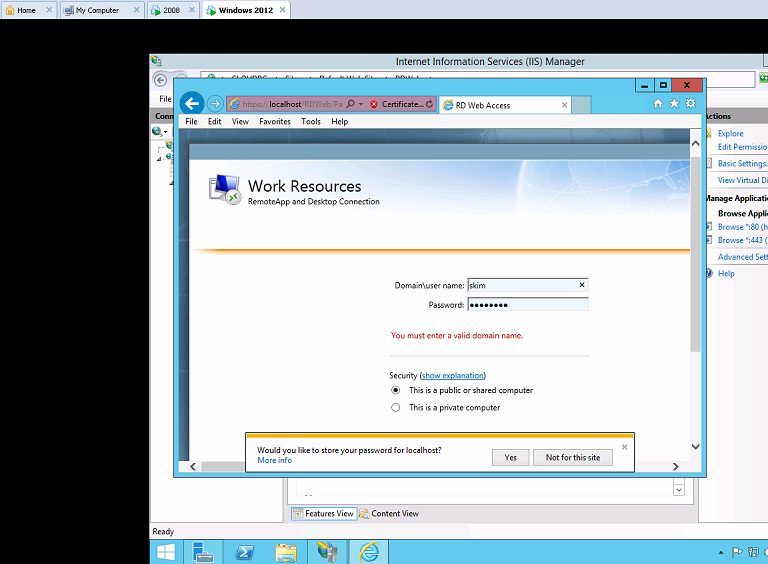Yêu cầu:
- Server 2003 trở lên đã lên DC
- Máy client phải trỏ DNS đến DC (tốt nhất là cấu hình qua DHCP)
- Tất cả máy client phải enable local admin, password giống nhau
Thao tác trên DC:
- Tạo file computers.txt nội dung mỗi dòng là tên các máy client (có thể thay thế bằng IP).
Code:
FOR /f %%i in (C:\Computers.txt) DO (netdom join %%i /d:local.com /uo:administrator /po:abc123 /ud:local\administrator /pd:P@ssword /reboot) pause
C:\Computers.txt: đường dẫn đến file computers.txt
/d: tên domain
/uo: admin local của máy client
/po: password admin local của máy client
/ud: domain admin
/pd: password domain admin
/reboot: khởi động lại máy client
- Chạy file .bat vừa tạo
![[IMG]](https://i.imgur.com/umw3NPA.jpg)
Sưu tầm


































